How to Encourage Creativity in A Child? Tips and Activities to Grow Their Creativity
Creative thinking is an important skill that children develop as they grow. But how to encourage creativity in a child? In this post, La Petite Ecole Ho Chi Minh City will discuss what creative thinking is and why it matters for your child. We’ll also share some ideas for building creative thinking skills in children.
Why is Creative Thinking Important for Children?
At La Petite Ecole Ho Chi Minh City, we believe fostering creativity is as vital as academic success. In today’s world, the ability to think creatively is invaluable.
Creative thinking allows children to explore ideas from new angles, develop innovative solutions, and see the world in a fresh light. This isn’t just about grand inventions; it empowers them to express themselves confidently, discover their passions, and build a strong sense of self.
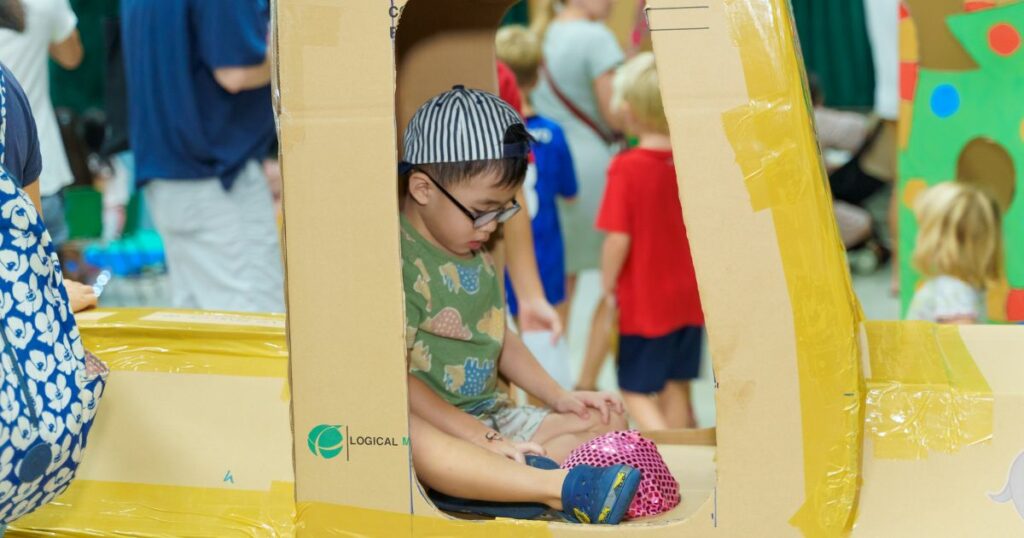
We understand that expressing emotions can be tricky, especially for younger children. Creative thinking allows them to find new ways to communicate their feelings and ideas, fostering stronger emotional development.
Imagine a child transforming a cardboard box into a spaceship—this sparks imagination, enhances problem-solving, and promotes independent thinking. By nurturing creativity, we prepare children to face life’s challenges with confidence and curiosity.
5 Tips to Teach Children Creative Thinking
1. Encourage questions
Curious minds are creative minds! Encourage questions from your child, even if they seem endless. By redirecting these questions back to them, you can spark their creative thinking and help them find their own answers. This simple approach is a powerful tool for nurturing their imagination and fostering a lifelong love of learning.
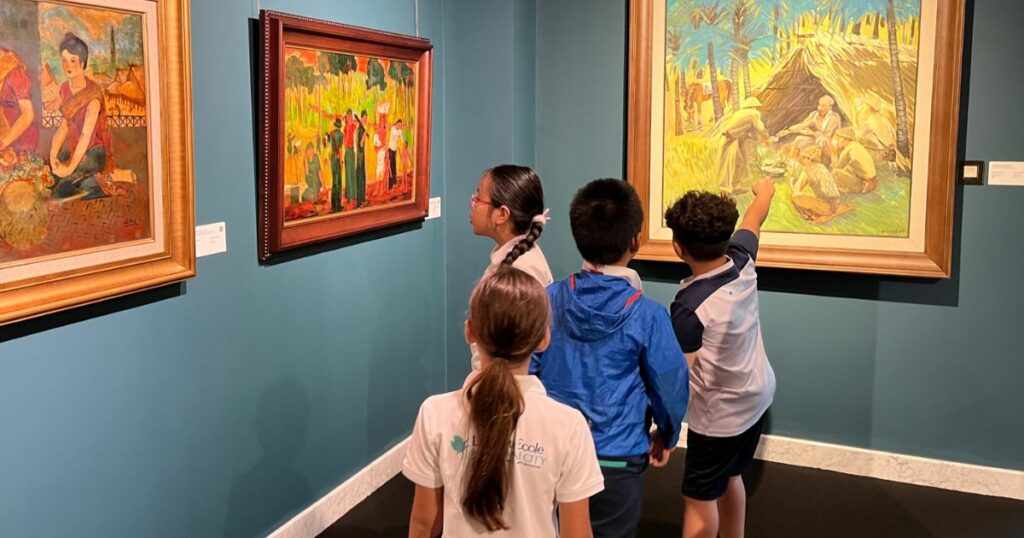
2. Cultivate reading habits
Ignite creativity with reading! Reading exposes children to new words and concepts, sparking connections that fuel creative thinking. Stories also nurture critical thinking skills. By following narratives, children learn to analyse, predict, and solve problems – all essential for imaginative minds!
3. Promote independence
Let your child explore their interests freely. This freedom allows them to discover new ideas and solutions without limitations. From age two, encourage them to make simple choices suitable for their age and ability. Remember, even tackling small problems on their own fuels creative thinking. It might take time, but their independent thought process is key!
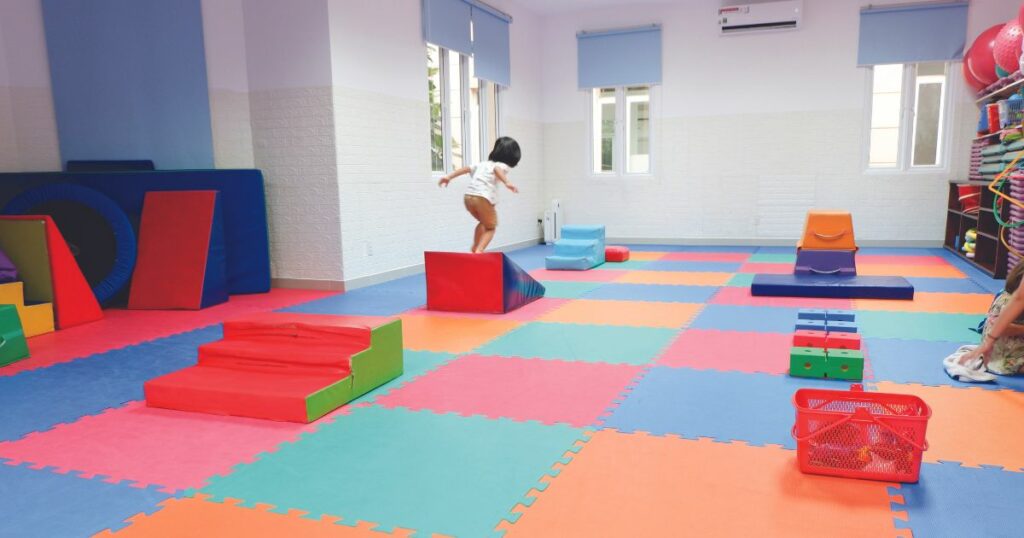
4. Support your child’s interests
Passion drives creativity. Learn about your child’s interests and support their creative pursuits. For example, if they want to play the piano, practise together and celebrate their progress.
Activities like creating dance moves rather than following routines have been shown to boost creativity. Studies also indicate that belief in magic and fantasy can enhance creativity in children aged 4-6. Encouraging these activities can help your child develop original ideas and think creatively.
5. Open to new experiences
Encourage your child to try new things in their creative projects. They might draw something more complex or learn a new song on an instrument. This teaches them to take creative risks and focus on the process rather than the outcome. Even if a project doesn’t go as planned, they learn to think from different angles and develop resilience. This approach fosters a growth mindset and helps them embrace new challenges creatively.
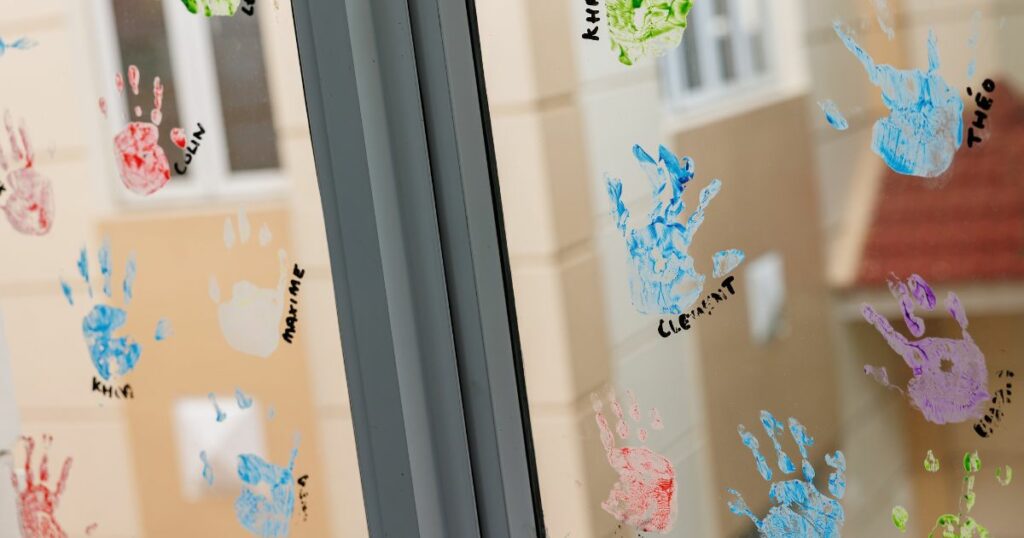
Activities to Improve Creative Thinking Skills in Children
1. Ask “What if?” games
Encourage children to explore possibilities by asking “what if?”. This sparks curiosity and helps them develop unique solutions. Try a fun game: who can come up with the most imaginative “what if” scenario? Examples: “What if animals could talk?” or “What if rainbows led to treasure?”
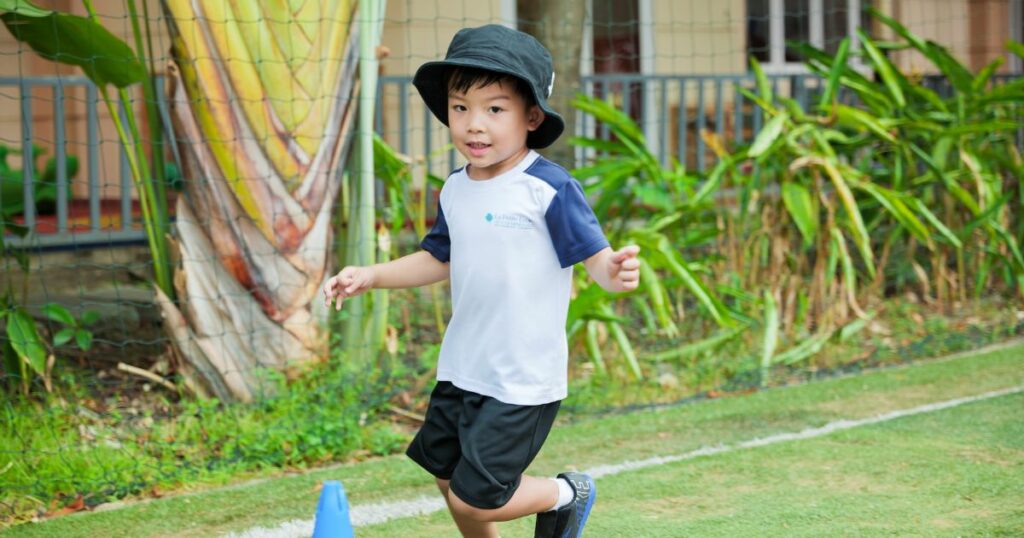
2. Creative sculpting
Play dough, clay, and other mediums provide a limitless space to bring their creations to life. From existing objects to fantastical inventions, anything goes! This freedom to explore fuels their imagination and fosters strong creative thinking skills. Let them mould their ideas into reality.
3. Musical exploration
Singing, playing instruments – any form of musical expression unlocks creativity. Through melodies and rhythms, children can express a range of emotions, from joy to frustration. Music transcends language, giving them the freedom to explore and develop their creative thinking skills.
4. Puppet shows
Children love puppets, but did you know puppeteering fosters creativity in surprising ways? Creating a show requires crafting a storyline, characters, and dialogue. Being the puppet master boosts their thinking skills and imagination. Take it further by encouraging them to craft puppets from everyday items! Upcycled materials like fabric scraps become fantastical creations. This challenges them to think unconventionally, further igniting their creative spark.
5. Storytelling through play
By acting out imaginary situations, pretend play boosts children’s creativity in real life. This translates into stronger problem-solving skills. As they navigate pretend scenarios, they develop the ability to think creatively and find solutions. It’s a fun and effective way to prepare them for tackling challenges they may encounter in real life.
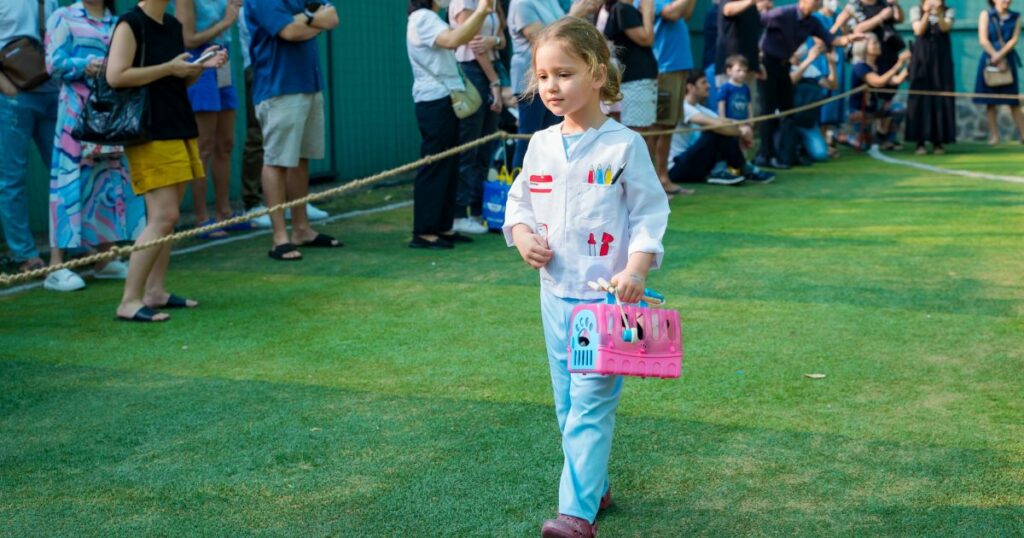
6. Brainteasers & puzzles
Simple games like charades or Pictionary require focus and a surprising amount of creative thinking. Children must draw connections between ideas and objects, fostering creativity. Guiding others to guess the answer pushes them to express themselves in imaginative ways.
7. Artistic expression
Encourage your child to experiment with various mediums like chalk, watercolours, or gouache. Watercolours offer endless possibilities, as they can mix colours to create unique shades. Drawing lets them imagine worlds on paper, while using old T-shirts or objects adds another layer of creativity. They’ll learn to adapt their ideas to different surfaces, further igniting their creative spark.
How La Petite Ecole Ho Chi Minh City Helps to Develop Creative Thinking Skills in Children?

At La Petite Ecole Ho Chi Minh City, fostering a love for creative thinking is just as important as anything else. We cultivate a vibrant learning environment that ignites imagination and lets children explore their creative sides, moving beyond traditional methods.
As an international bilingual school, La Petite Ecole empowers creative thinking skills across various activities. Our passionate teachers are the heart of this nurturing space. They act as guides and mentors, encouraging children to explore, question, and express themselves creatively.
By prioritising creative thinking skills, La Petite Ecole Ho Chi Minh City empowers your child to become a confident and innovative learner. They’ll be well-equipped to thrive in a world that demands creative problem-solving and out-of-the-box thinking.
Ready to see how La Petite Ecole Ho Chi Minh City can nurture your child’s creativity? Contact us today to learn more about our programs and admissions process!






